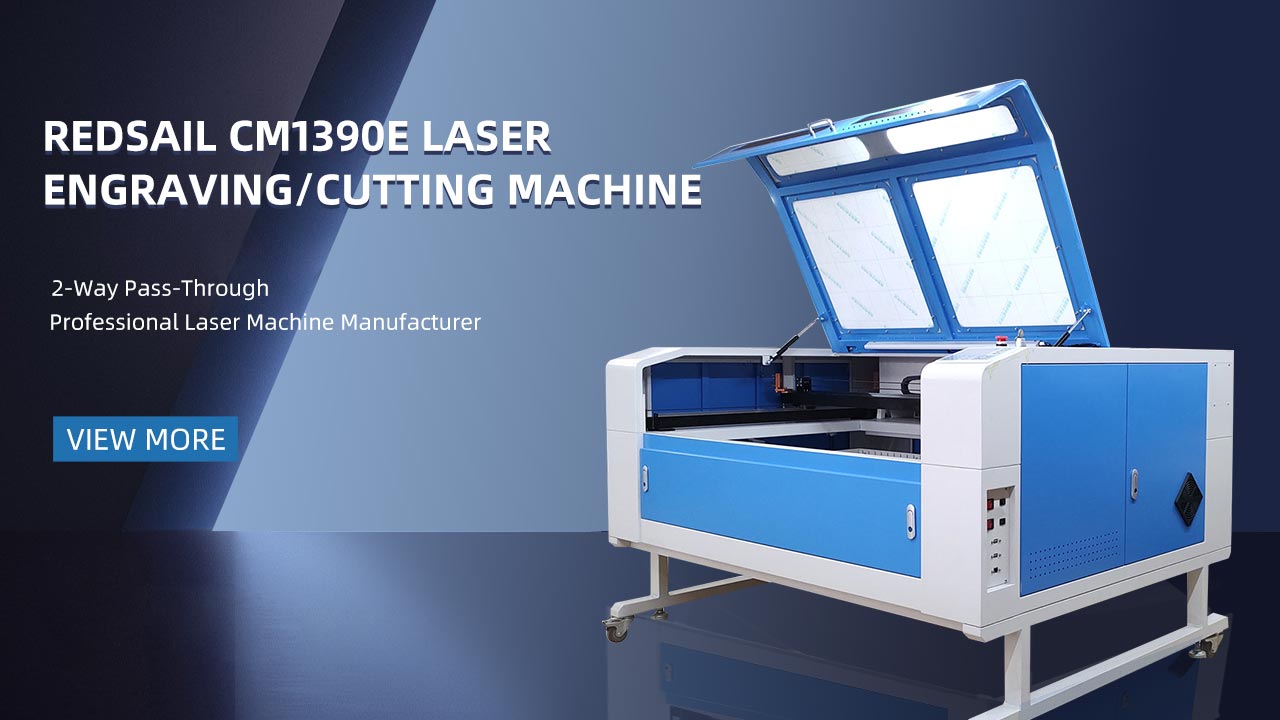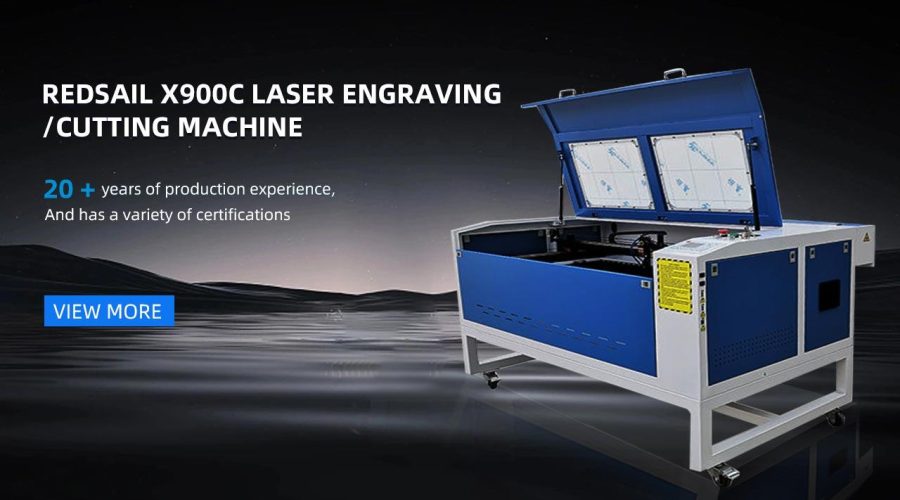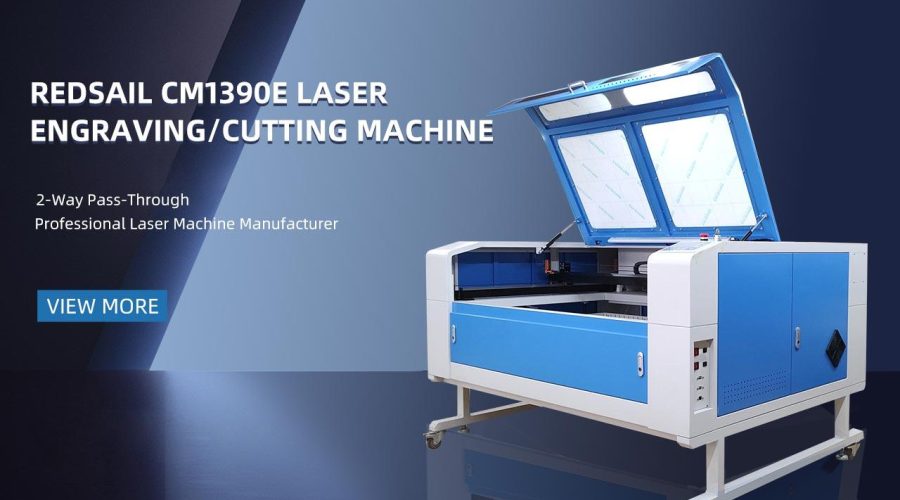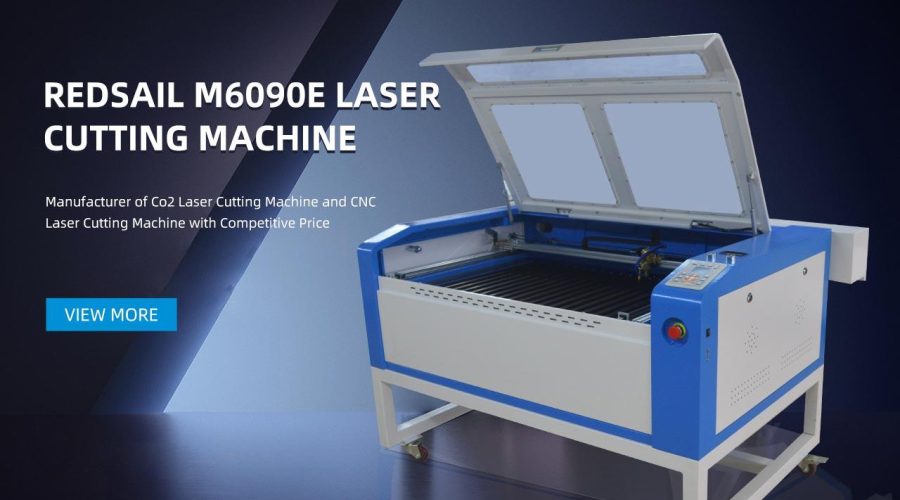What Makes CO2 Laser Engraving the Best Technique for Plastic?
Introduction
When it comes to engraving plastic, CO2 laser engraving technology stands above the rest. With its precision, versatility, and efficiency, it has become the preferred choice for various applications. This article explores the benefits and advantages of using CO2 laser engraving for plastic.
Precision and Accuracy
One of the main reasons CO2 laser engraving is highly favored for plastic is its exceptional precision and accuracy. The laser beam emitted by a CO2 laser engraver has a wavelength of around 10.6 micrometers, allowing it to create incredibly fine details on plastic surfaces.
CO2 laser engraving ensures:
- Crisp and clean engraved lines
- High-definition text and images
- Intricate and detailed designs
This level of precision is particularly crucial for industries such as electronics, medical, and automotive, where tiny yet accurate engravings are required on plastic components.
Wide Range of Plastic Materials
Another advantage of CO2 laser engraving is its compatibility with a wide range of plastic materials. Whether it’s acrylic, polycarbonate, ABS, PVC, or any other plastic type, CO2 lasers can effectively engrave them with ease.
CO2 laser engraving can handle:
- Transparent plastics
- Colored plastics
- Reflective plastics
- Textured plastics
This versatility makes CO2 laser engraving suitable for various applications, including signage, promotional products, nameplates, control panels, and much more.
Non-Contact and Non-Destructive Engraving
CO2 laser engraving is a non-contact and non-destructive process, unlike traditional engraving methods that involve physical force or pressure. The laser beam vaporizes the plastic material, causing minimal heat transfer and avoiding any damage to the surrounding areas.
The benefits of non-contact engraving include:
- No risk of chipping or cracking the plastic
- No need for additional fixturing or clamping
- Ability to engrave delicate or fragile plastic parts
This type of engraving ensures that the plastic material remains intact and maintains its structural integrity during the process. It allows for precise customization without compromising the quality of the plastic.
FAQs
Q: Is CO2 laser engraving suitable for all plastic materials?
A: CO2 laser engraving works well with most plastic materials, including transparent, colored, reflective, and textured plastics. However, it is always recommended to test the specific plastic material before proceeding with extensive engraving.
Q: Can CO2 laser engraving be used on curved plastic surfaces?
A: Yes, CO2 laser engraving is capable of engraving on curved plastic surfaces. The laser beam can be adjusted to focus on the desired area, ensuring precise and accurate engraving even on complex shapes and contours.
Q: How fast is CO2 laser engraving for plastic?
A: The engraving speed can vary depending on the complexity of the design and the desired depth of the engraving. However, CO2 laser engraving is generally known for its high-speed capabilities, making it an efficient option for large-scale production.





